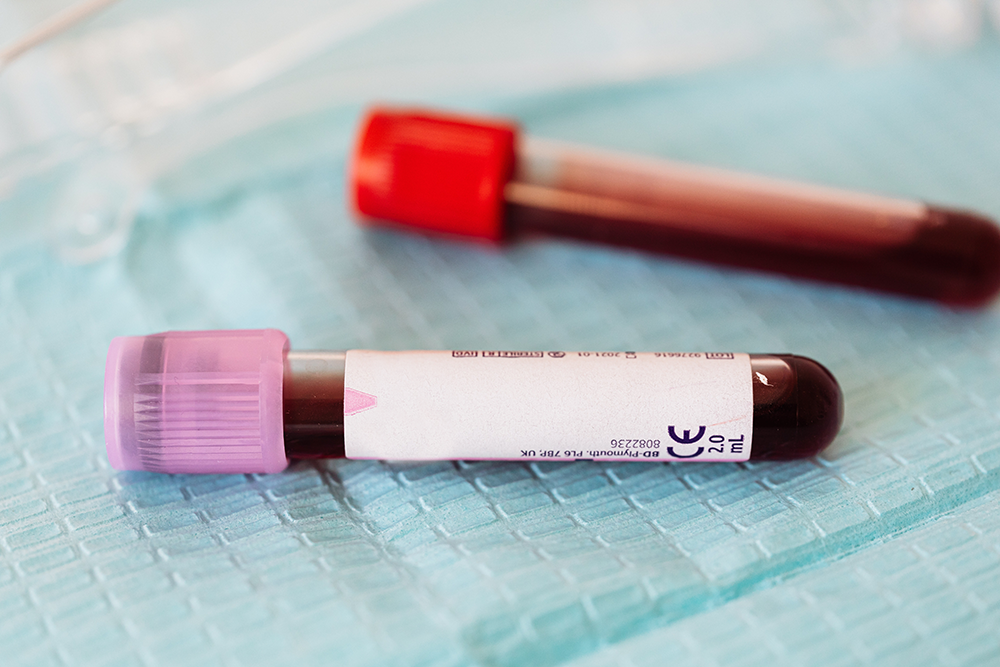
Are you ready to take control of your health and explore effective steps for successful weight loss? Obesity has become a global epidemic, with rates tripling worldwide since 1975. In the United States alone, nearly 70% of adults are either overweight or obese. At the current pace, projections suggest that all American adults could be affected by obesity by 2048. While weight loss surgery is a proven treatment for morbid obesity, achieving and maintaining a healthy weight also depends on key lifestyle changes.
Weight loss surgery is typically recommended for individuals with a Body Mass Index (BMI) over 35 and at least two obesity-associated conditions, such as high blood pressure, diabetes, or sleep apnea, or for those with a BMI over 40. However, whether or not surgery is part of your journey, it’s essential to adopt consistent, sustainable habits. Below, we’ll explore five steps for successful weight loss that are critical for long-term success.
5 Steps for Successful Weight Loss
1. Make Healthy Food Choices
The foundation of any weight loss plan starts with healthy eating. Focus on nutrient-dense foods that are high in protein and low in carbohydrates and unhealthy fats. Protein sources such as fish, chicken, turkey, eggs, and tofu provide the building blocks for maintaining muscle while losing fat. Pair these with vegetables that are rich in fiber, like broccoli, spinach, and carrots.
When it comes to carbohydrates, opt for whole grains over refined options. For example, choose brown rice instead of white rice, sweet potatoes instead of regular potatoes, and whole wheat bread or pasta instead of their more processed counterparts. By making these simple swaps, you can reduce calorie intake without feeling deprived.
Avoid highly processed foods and sugary snacks that can lead to spikes and crashes in blood sugar, making it harder to control hunger. Instead, aim for meals that keep you satisfied and provide consistent energy throughout the day.
2. Practice Portion Control
Controlling portion sizes is just as important as choosing the right foods. Even healthy meals can lead to weight gain if you eat too much. Instead of estimating portion sizes, use measuring cups, food scales, or portion-control plates to ensure you’re eating the appropriate amount for your goals.
Learning to recognize what a healthy portion looks like can make a significant difference. For example, a serving of lean protein like chicken breast should be about the size of your palm, while a portion of cooked grains like quinoa should fit into a half-cup measure. Mastering portion control prevents overeating and helps regulate calorie intake effectively.
3. Eat Five Meals Per Day
Eating smaller, balanced meals throughout the day can stabilize blood sugar levels and prevent the hunger that often leads to overeating. Divide your meals into breakfast, a mid-morning snack, lunch, a mid-afternoon snack, and dinner. Each meal or snack should follow the principles of healthy eating and portion control.
Spacing your meals evenly throughout the day can help maintain energy levels and improve your metabolism, making it easier to stick to your plan.
4. Slow Down When Eating
The speed at which you eat can significantly impact how much you consume. It takes about 20 minutes for your brain to receive signals from your stomach that you’re full. Eating quickly can cause you to eat more than you need before your body has a chance to respond.
Slow down by taking smaller bites, chewing each bite thoroughly, and pausing between bites. Set your utensils down between mouthfuls or count to 30 while chewing to encourage mindfulness. These habits can help you feel satisfied with smaller portions and reduce overeating.
5. Get Active
Regular physical activity is essential for achieving and maintaining weight loss. Recent studies suggest that adults should aim for 4–6 hours of exercise per week. This can be broken into manageable sessions that fit into your daily routine.
Find activities that you enjoy to make exercise sustainable. Whether it’s brisk walking, swimming, cycling, or a dance class, the key is consistency. Strength training is also an excellent way to build muscle, which can boost your metabolism and help you burn more calories even at rest.
If your schedule is tight, try incorporating short bursts of activity throughout the day. Climb stairs during breaks, take a quick walk at lunchtime, or do a 15-minute home workout in the evening. Every bit of movement adds up and contributes to your weight loss goals.
Putting It All Together
The five steps for successful weight loss—making healthy food choices, practicing portion control, eating five meals a day, slowing down when eating, and getting active—work together to help you achieve sustainable results. These strategies improve the quality of the calories you consume, regulate your hunger, and boost your metabolism, making it easier to lose weight and keep it off. By committing to these steps, you can take control of your health and make 2025 the year you achieve your weight loss goals.











